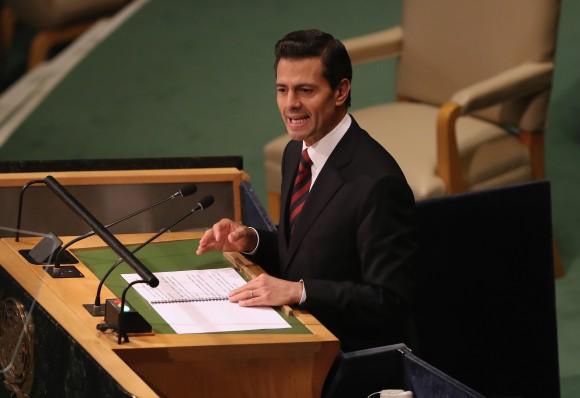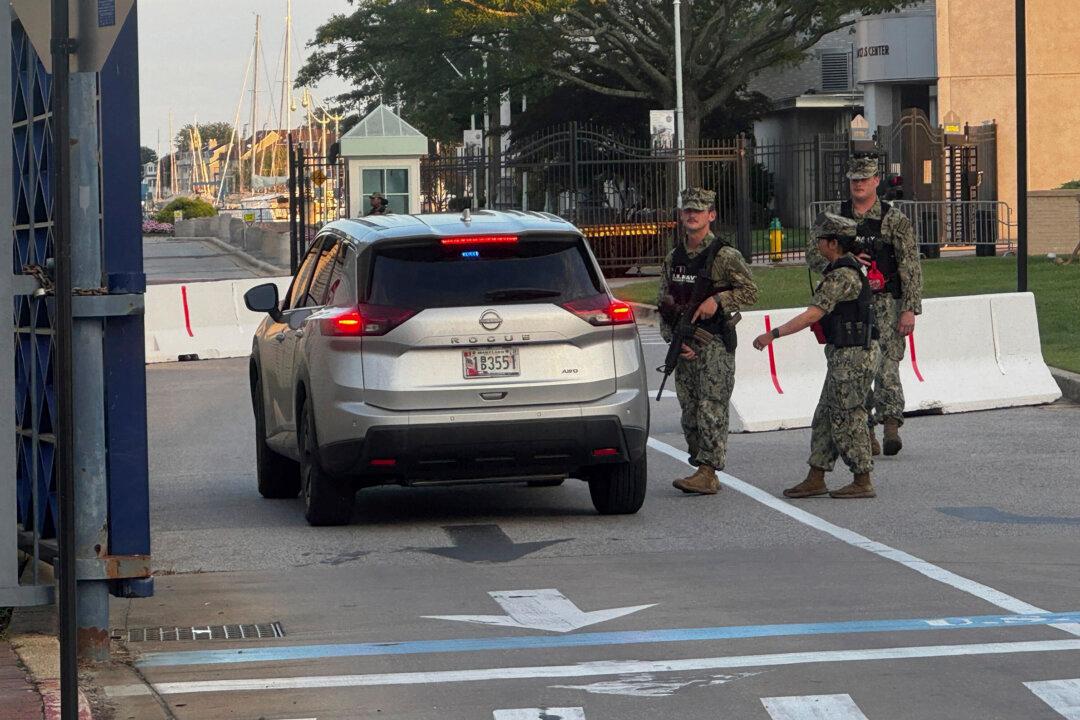WASHINGTON—President Donald Trump moved swiftly to tighten the nation’s immigration policies Wednesday, signing executive actions to jumpstart construction of a U.S.-Mexico border wall and block federal grants from immigrant-protecting “sanctuary cities.”
“We’ve been talking about this right from the beginning,” Trump said during a brief signing ceremony at the Department of Homeland Security.
As of Wednesday afternoon, the White House had not circulated copies of the documents or briefed reporters on the details. Trump’s actions were the first step in the fulfillment of his campaign pledge to enact tough immigration measures, including construction of a wall paid for by Mexico. U.S. taxpayers are expected to pay for the upfront costs, though Trump asserts that Mexico will reimburse the money.
In an interview with ABC News earlier Wednesday, Trump said, “There will be a payment; it will be in a form, perhaps a complicated form.”
While Trump has repeatedly said the border structure will be a wall, his spokesman, Sean Spicer, said more generally Wednesday the president was ordering construction of a “large physical barrier.”
Mexican President Enrique Pena Nieto, who has insisted his country will not pay for a wall, is to meet with Trump at the White House next week.






